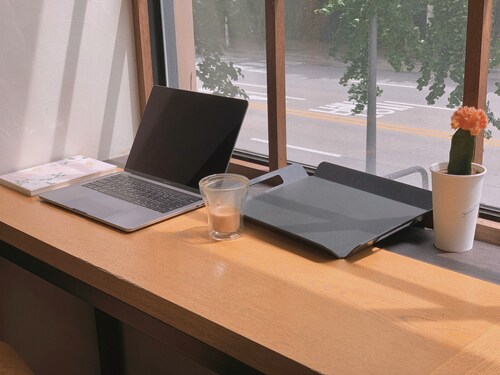Open office spaces have long been praised for their collaborative nature and efficient use of space. However, they also bring a set of challenges—noise, lack of privacy, and limited personal control over the environment. These issues can impact focus, productivity, and even job satisfaction. Fortunately, there are effective solutions to address these concerns without the need to construct new walls or undergo major renovations.
Rethinking Noise Management in Open Spaces
Noise is one of the most common complaints in open offices. Conversations, phone calls, and even keyboard clicks can create a disruptive environment—solutions like the MojoDome from MojoDesks offer a way to reduce these distractions effectively. Smart acoustic solutions can be integrated to minimize interruptions. This doesn’t mean installing permanent structures. Instead, portable acoustic panels, sound-absorbing ceiling tiles, and noise-friendly flooring can all make a significant difference.
Using materials that minimize echo and absorb sound helps lower the overall noise level. Placing acoustic partitions between desks can block direct noise paths without limiting visibility. This way, teams remain connected while enjoying a quieter space.
Bringing in Visual and Sound Privacy Without Walls
Visual distractions can be just as disruptive as auditory ones. In a busy open plan, people walking around or screens constantly lighting up nearby can draw attention away from tasks. One way to address this is through the use of movable privacy panels. These panels can be reconfigured easily, offering flexibility for both teams and individuals.
Privacy pods or semi-enclosed spaces are also gaining popularity. These compact units allow employees to focus or take calls without stepping away from the main floor. They don’t require any demolition or major installations, yet they provide a noticeable boost in comfort and focus.
Multi-Functional Workstations with Built-In Privacy
Modern workstation design is evolving to support both flexibility and personal privacy. Adjustable-height desks that include built-in privacy features are becoming increasingly common in open office settings. These workstations allow users to shift from sitting to standing while also managing how much of their surroundings they want to engage with.
One standout example is a workstation that blends ergonomic sit-stand desk functionality with a customizable privacy dome. It offers a cocoon-like setup that can be adjusted to shield users from visual and acoustic distractions without isolating them entirely from the workplace. This kind of multi-functional solution bridges the gap between open collaboration and focused individual work.
Creating Zones for Different Work Modes
Instead of creating barriers, open offices can be optimized by introducing purpose-driven zones. These include quiet zones for focused work, collaboration zones for teamwork, and break areas for casual interaction. Each zone should be clearly defined by furniture arrangement, lighting, or floor patterns rather than walls. This setup allows employees to choose the environment that best suits their current task. Over time, this flexibility can help reduce burnout and increase efficiency, as individuals feel empowered to manage their workflow.
Flexible Furniture Solutions for Demanding Work Environments
Furniture designed for adaptable work environments is increasingly being used to address the challenges of open office layouts. These include height-adjustable desks, acoustic privacy panels, and modular setups that support both focused tasks and collaborative work. Such furniture is often found in control rooms, 24/7 operations centers, and similar spaces where comfort, efficiency, and flexibility are essential. Built to support high-use scenarios, these solutions help teams create workspaces that meet both individual and team needs without relying on permanent structural changes.
Improving open office environments doesn’t require building new walls—it requires smarter design choices that balance openness with personal comfort, such as a MojoDome from MojoDesks. Fatigue in high-performance work settings can affect productivity and health. Hence, adjustable height desks or similar furniture are increasingly used in environments like dispatch centers and control rooms to improve comfort, focus, and energy during long shifts.



